PALATKA, Fla. - A tiny insect about the size of a flea may be the key to suppressing water hyacinth, an invasive aquatic plant, which has often choked FloridaAca,!a,,cs navigable waters.
Officials from the Florida Fish and Wildlife Conservation Commission (FWC), the St. Johns River Water Management District, the U.S. Department of Agriculture and the U.S. Army Corps of Engineers gathered May 18 at the Edgefield Recreation Site to release Megamalls Scutellaris, a South American plant hopper, on the water hyacinth.
Perhaps best described as a miniature grasshopper the size of a flea, the insect has been studied by the USDA for the past five years. It eats only water hyacinth, meaning it is "plant-specific," which is a federal requirement of any insect imported to the U.S. to control invasive plants.
"Where we held the ceremony is no more than five miles away from where the first water hyacinth was introduced by farmers in the early 1800s," said Jacksonville District deputy commander Lt. Col. Nathaniel Rainey. "This effort was most certainly a collaborative effort by the four agencies involved.Aca,!A?
After the release of the plant into the wild, Congress enacted the Rivers and Harbors Appropriation Act of 1899. The act addressed a number of navigation issues and authorized the Corps of Engineers to control the water hyacinth and other aquatic plants in navigable channels.
"From that beginning, the Jacksonville District has gone on to become a center of expertise for the control of this type of vegetation," Rainey said. "And we have been treating it ever since. You may recall how the St. Johns looked in the sixties and seventies when it was sometimes rare to see open water on the river in downtown Jacksonville. Over the years we have gotten better at how we approached this problem."
"This is an important day in our work," said Dr. Phil Tipping, a top research entomologist with the USDA.
Tipping and his team conducted the research required to show that releasing Megamelus into the river would be an ideal biocontrol for dealing with the invasive water hyacinth.
"I hope we can all convene here in four years to see how successful this effort has been,Aca,!A? Tipping said.
Tipping planned to spread thousands of Megamelus in the days after the event in a water storage area near farm fields around the Putnam-St. Johns County line.
Aca,!A"I am so glad to see young people in attendance," Tipping said, referring to about 30 Interlachen High School students. "We are doing this so they, the future generations, can enjoy areas such as the Edgefield site."
The release at the site was primarily financed by the FWC, which provided more than $300,000 for the project. Don Schmitz, a research program manager in the FWC's Invasive Plant Management Section praised Tipping.
"Phil and his people really made this happen," Schmitz said. "They put extra effort into completing all of the research needed before introducing a bio-control into an ecosystem in record time."
Special attendees on hand for the event were Mary E. Murphy and Lynn A. Hoffman, who donated the property for the Edgefield Recreation Site to the state of Florida in 2001.
"We are so happy to see things like today's ceremony happen on the property," said Murphy. "We donated the property, which had been in my family since 1860, so that wonderful things like this could be done for the environment. And it was so good to see the teenagers out here learning about nature."
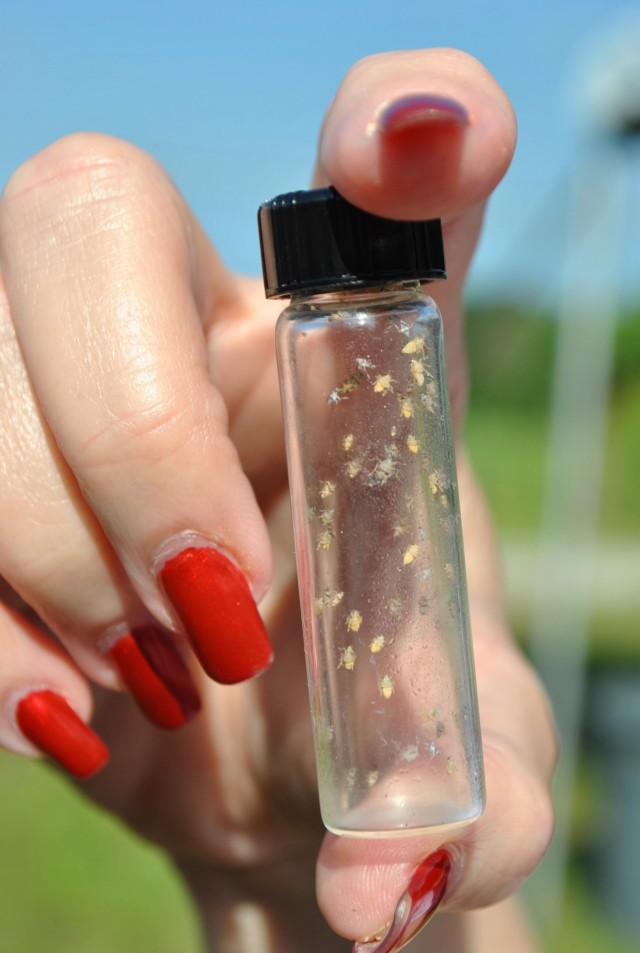
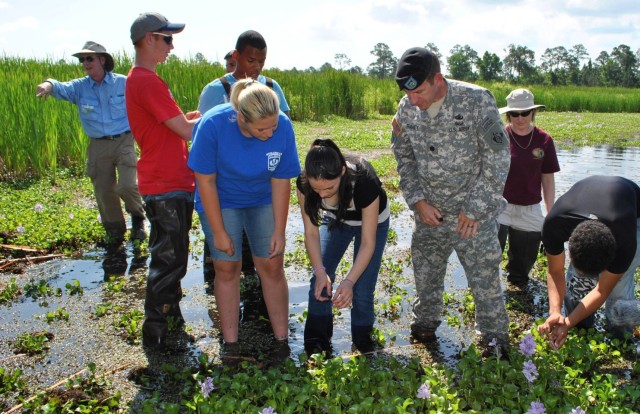
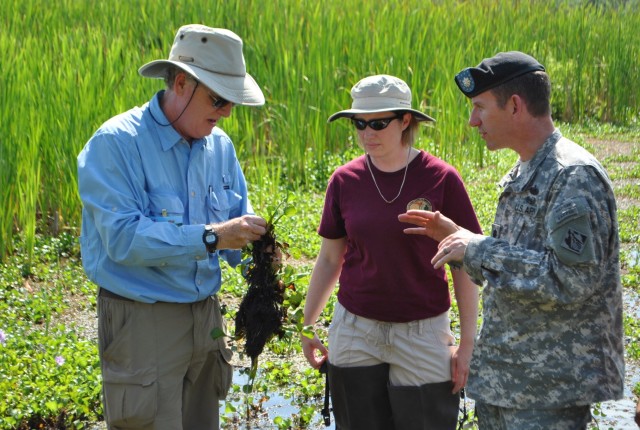
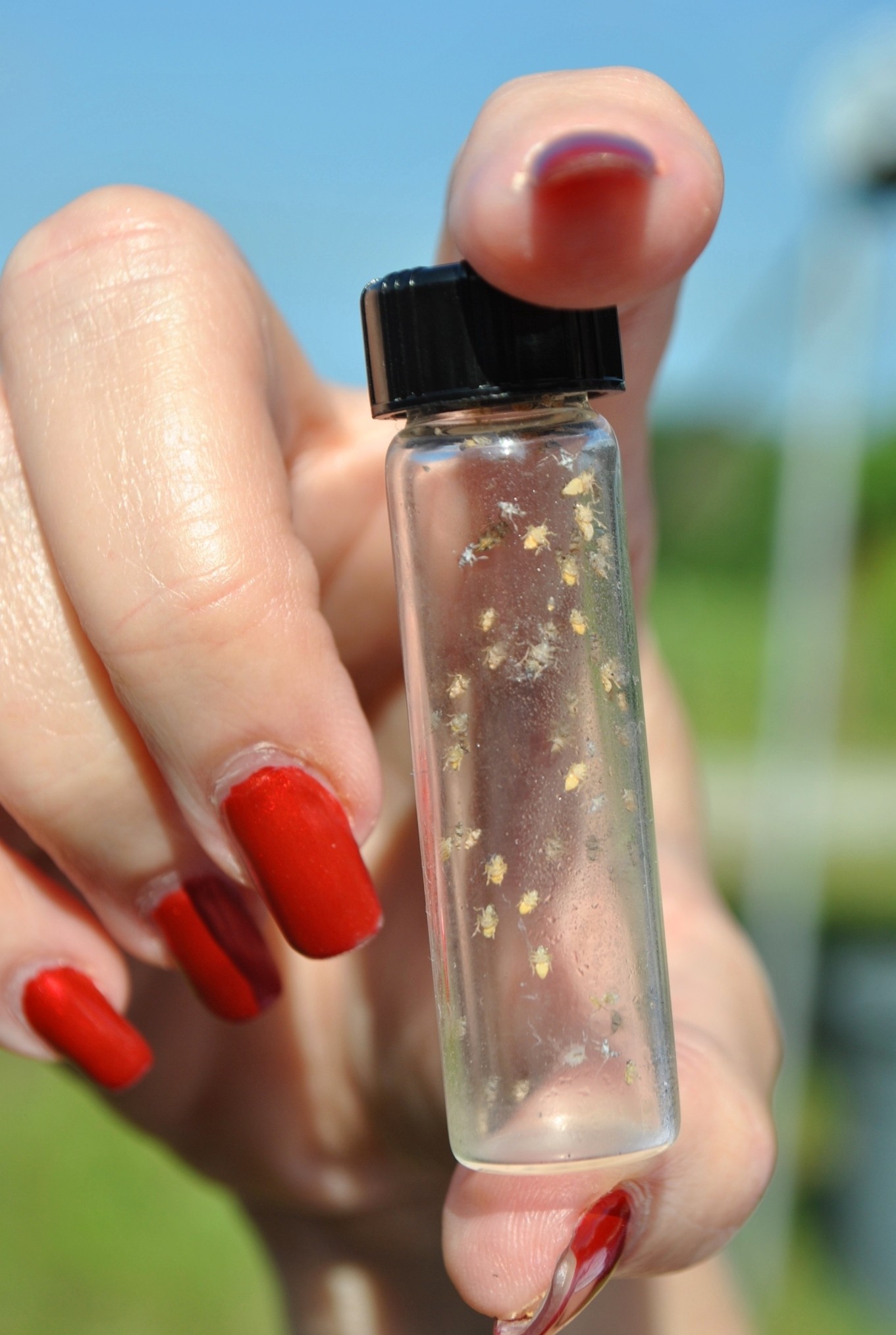
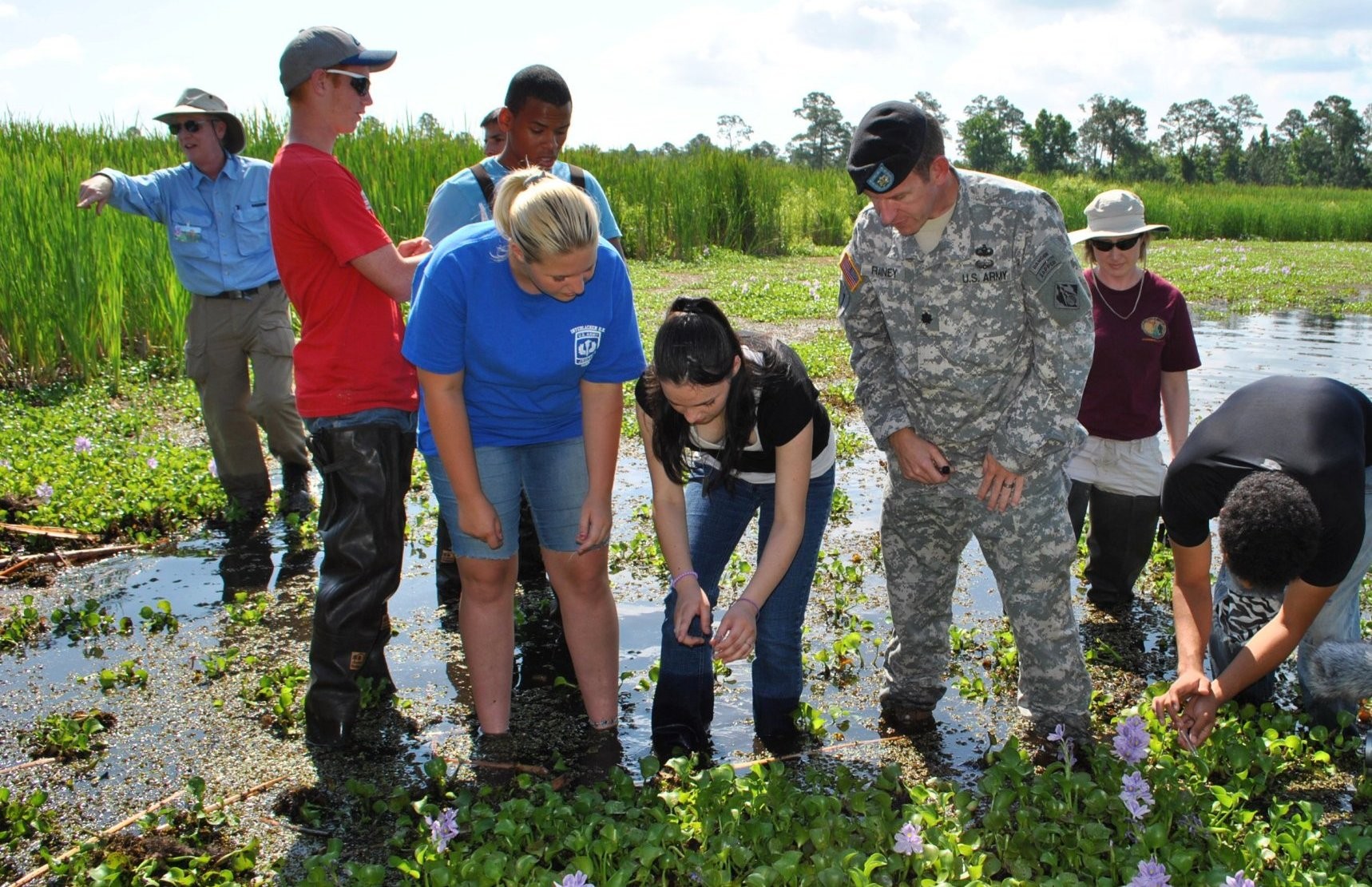
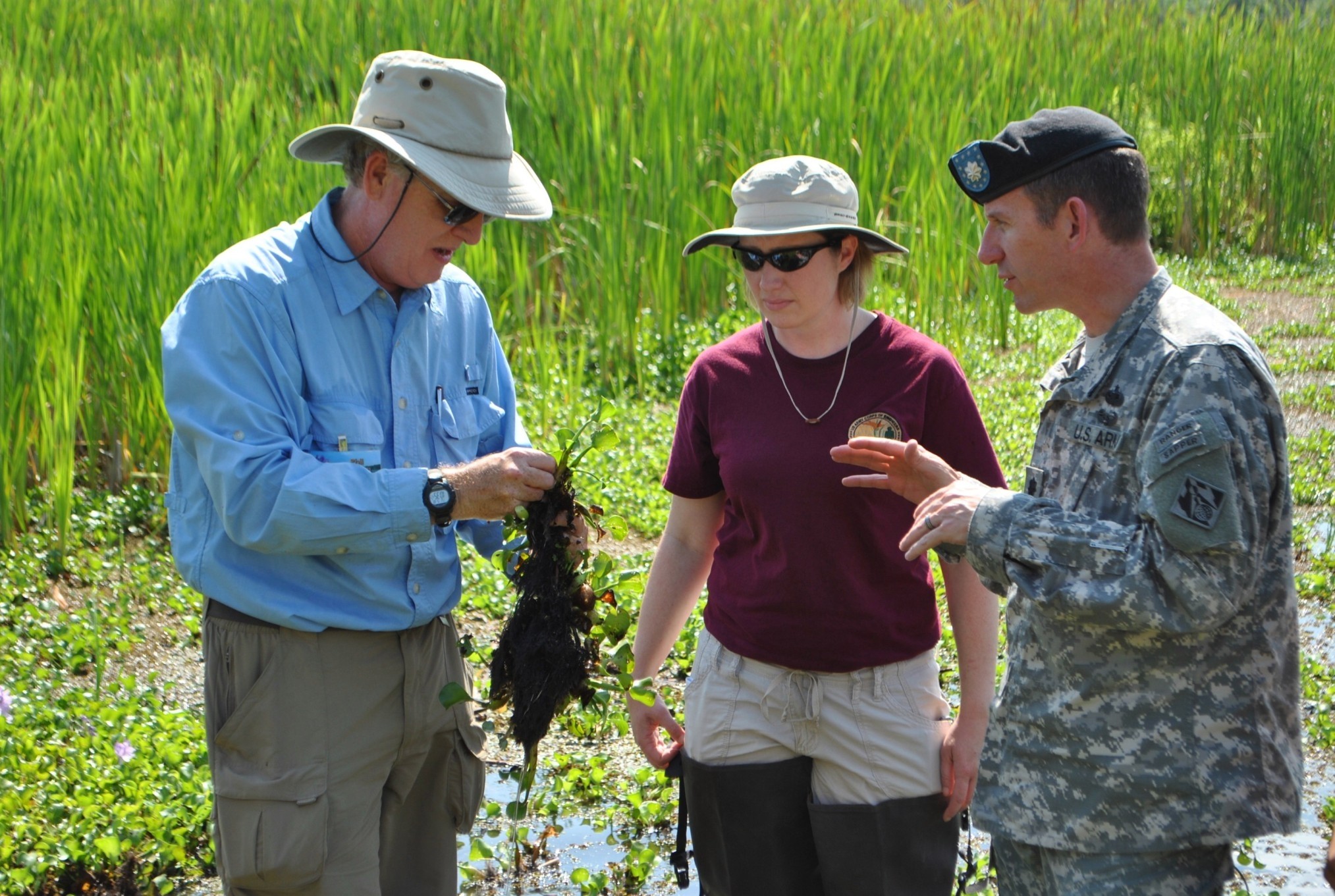
Social Sharing